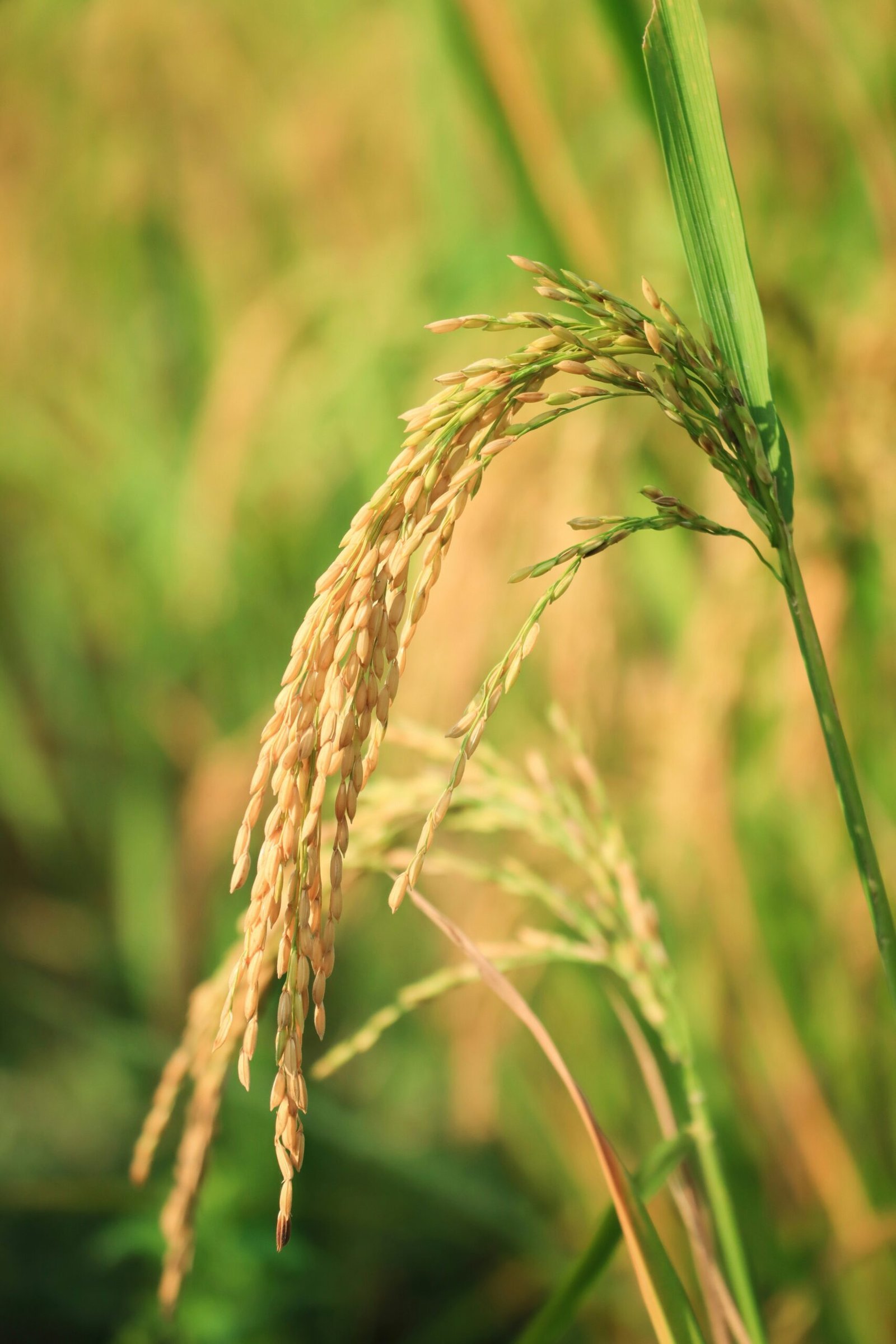
Innovative Techniques in Paddy Farming
In recent years, Malaysia has begun to embrace advanced farming technologies, particularly those inspired by Japanese paddy farming technology. These innovations, such as laser-levelling, are designed to optimise land use and improve irrigation efficiency. Laser-levelling ensures that fields are uniformly flat, which significantly enhances water distribution and drainage, ultimately leading to healthier crops.
Data Analytics and Its Role
Another remarkable advancement is the integration of data analytics in paddy farming. By utilising sophisticated data collection and analysis methods, farmers can monitor soil health, crop growth, and environmental conditions dynamically. This allows them to make informed decisions about fertilisation, pest control, and harvesting timelines. The capability of data-driven decisions greatly contributes to maximising yields and ensuring sustainable agricultural practices.
Sustainable Machinery for Soil Protection
Sustainable machinery also plays a pivotal role in modernising paddy farming. These machines are designed to minimise soil compaction and protect soil integrity during cultivation processes. This is crucial as healthy soil is the foundation for productive farming. Jelapang Agrotech, a pioneer in adopting these technologies in Malaysia, has been at the forefront of implementing these innovations. Their commitment to employing Japanese paddy farming technology showcases their dedication to enhancing rice yields and satisfying not just local but global demand for rice.
By employing these innovative techniques, Malaysian farmers can expect improved harvest yields and a sustainable future in rice production. With leaders like Jelapang Agrotech championing these changes, the future of Malaysian paddy farming looks promising.


